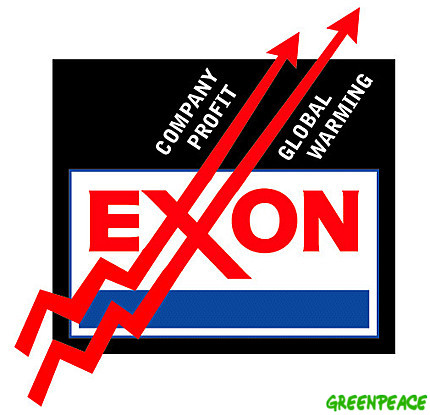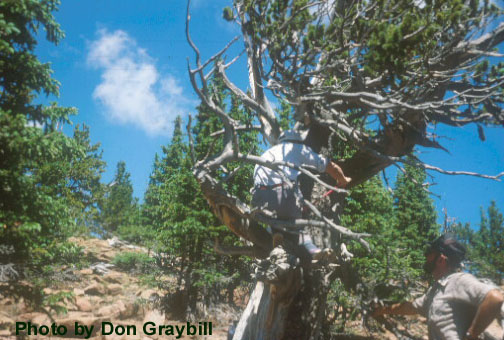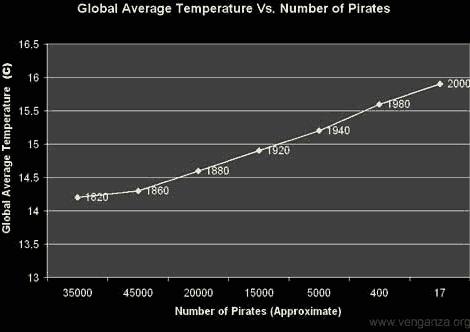One of the sloppier predictions about global warming is that is will cause massive droughts, and certainly we have seen this line of reasoning over the last week as the media attempts to hang the blame for Southern California fire damage on CO2, when in fact most of the blame lies on rapid home construction in areas known to have a high fire danger.
I suppose the layman’s logic is as follows: Well, it is usually hot when we have droughts, and it is hot in deserts, so therefore if the world gets hotter, we will have droughts and deserts. Of course, this logic is silly, but is none-the-less prevenlent (does no one remember that rain forests are hot too?)
In fact, one almost certain effect of global warming will be an increase in the evaporation rate of the oceans. Megatons more water is put into the sky as temperatures of the air and oceans rise. Presumably, much of this water will fall as rain somewhere, so it would probably be more logical to guess that warming would cause more rain rather than less.
As Steven Malloy points out, as temperatures have risen about 0.6C over the last century, rainfall in the US and Southern California have actually increased:
During the period 1900-2005, precipitation seems to have actually increased in areas above 30 degrees north latitude — including California and the rest of the U.S. — according to the most recent assessment from the United Nations’ Intergovernmental Panel on Climate Change.
This does not mean, of course, that droughts haven’t occurred in North America over the last 100 years, but it doesn’t support a link between rising global temperature and increased drought.
Examining the occurrence of drought in southern California since 1900 is also illuminating.
According to data maintained by the federal National Climatic Data Center, drought conditions are no stranger to southern California.
During the period 1900 to 2005, moderate-to-severe drought conditions occurred in Southern California during 34 of those 106 years — that is, about one-third of the time.
Comparing the southern California drought record against the global temperature record reveals the following:
— During the period 1900-1940, when most of the 20th century’s one-degree Fahrenheit temperature increase occurred, there were 7 years of moderate-to-severe drought.
— During the period 1941-1975, when global temperatures cooled, giving rise to concerns of a looming ice age, there were 11 years of moderate-to-severe drought.
— During the period 1976 to 1990, when global temperatures rose back to the 1940 level, there were 8 years of moderate-to-severe drought.
— Since 1991, when global temperatures rose slightly past the 1940 levels, there have been 7 years of drought.
In fact, just last week I posted drought maps that showed that while Southern California has had drought conditions over the last year…
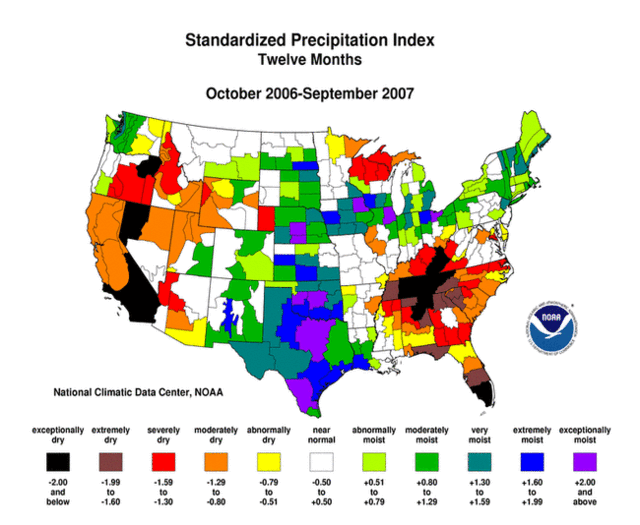
…they have had absolutely average rainfall over the last five years and Northa America has been downright soggy:
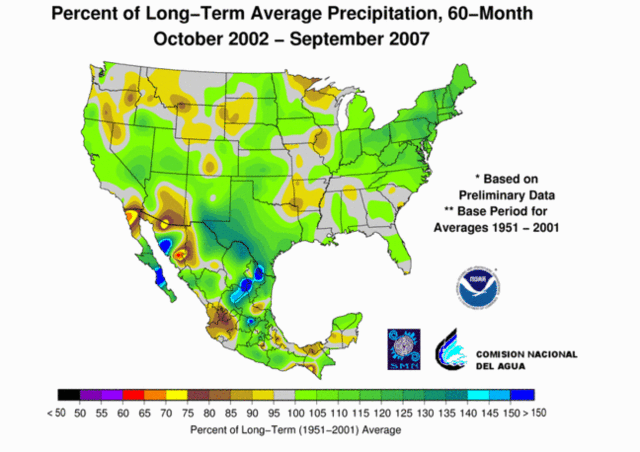
On Monday, I will be releasing my climate video tentatively titled "What is Normal?" A recurring theme in that video is our current inability to accept extremes in the weather as "normal," which in fact they are.



